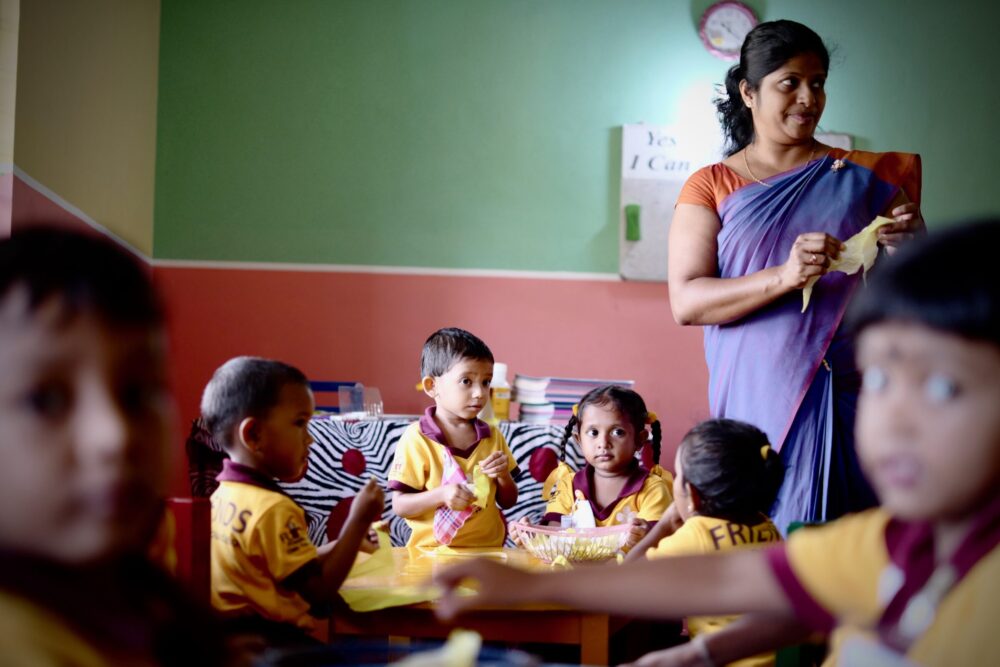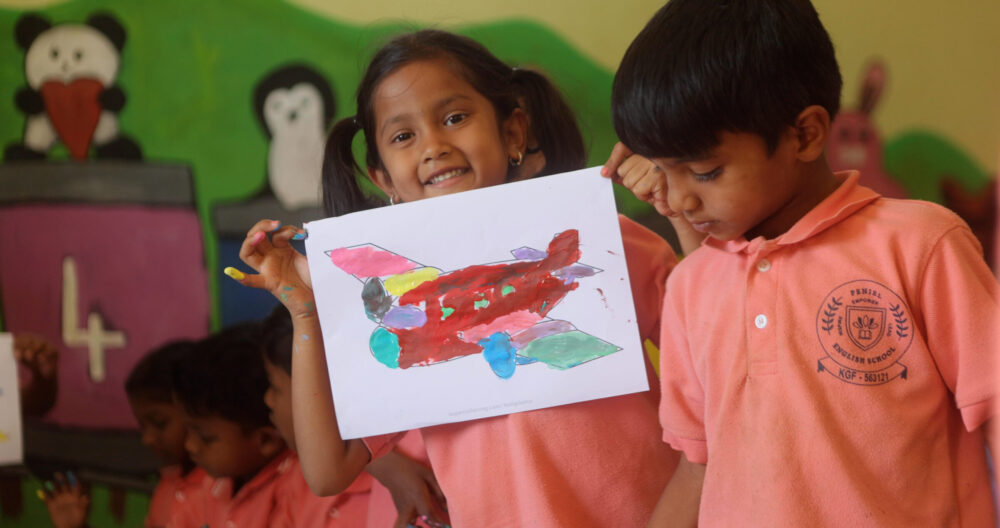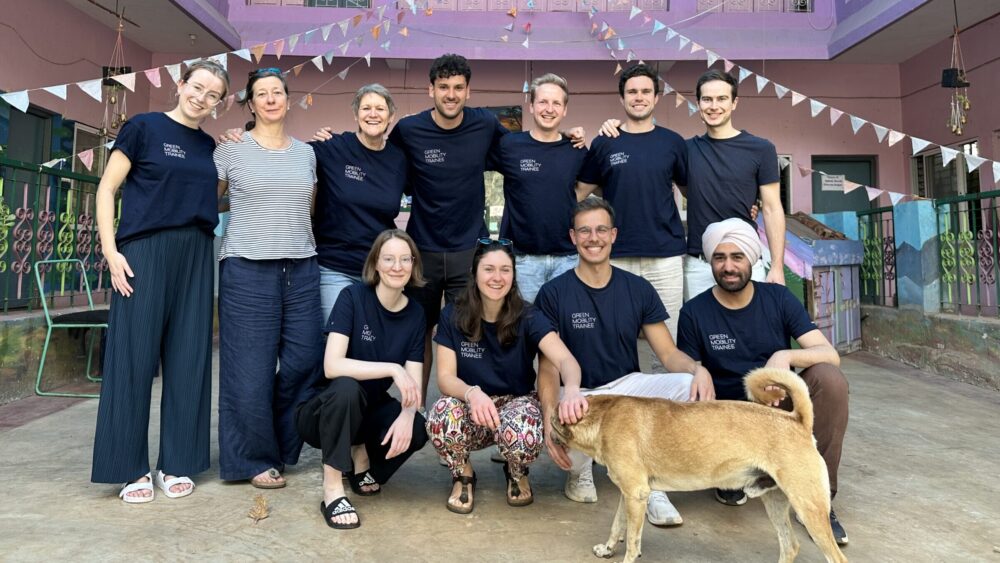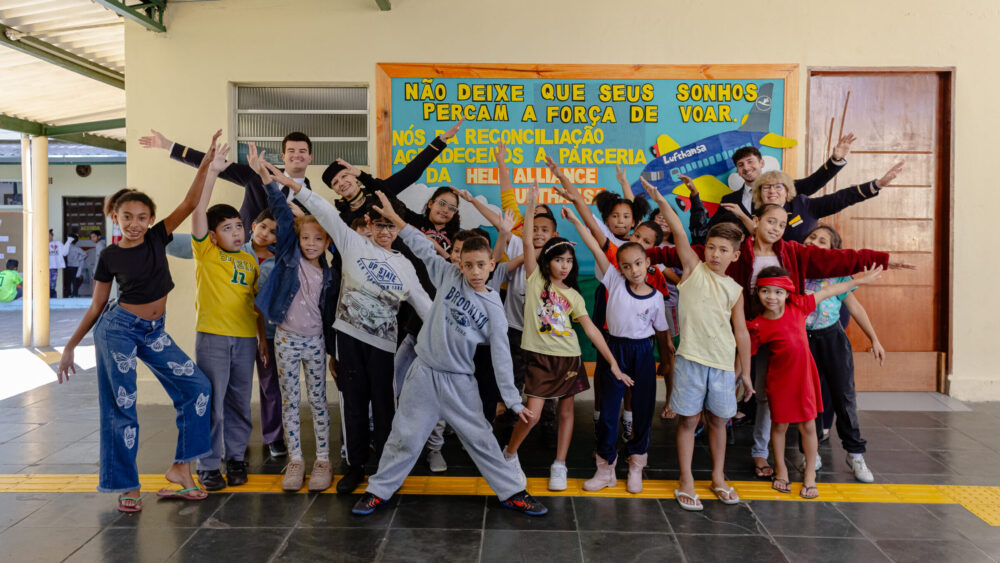
Asia
Asia has a population of around four billion people, which represents about 60% of the world’s population. The continent is one of the most dynamic growth regions in the world, comprising a total of 50 countries whose economic situation could not be more different.
From countries with very rapid economic growth like China, India or Indonesia to countries with slower growth rates like Nepal or Afghanistan. After Africa, Asia has the most number of developing countries. These include Afghanistan, Pakistan, Mongolia, Bangladesh, Nepal, Vietnam, Myanmar and Cambodia.

According to data of the Hanns-Seidel-Foundation, about 1.3 billion people in Asia earn less than two US dollars a day, despite economic growth. Besides poverty, the critical situation of human rights and gender equality is a major problem for many Asians. Furthermore, stability and peace in Asia are extremely endangered in many regions. The refugee crisis in Myanmar and Bangladesh, the armed conflicts in Afghanistan and Pakistan or international terrorism have made this even more apparent.
Education
Although on average about 90% of school-age children in the South and South-East Asia regions have access to primary education, significantly fewer pupil and students reach secondary education and universities, especially in rural areas. In addition, according to a 2018 survey by UNESCO’s Statistical Institute, more than half of the world’s illiterate people live in Asia. In India alone, there are 256 million, which is 33% of all illiterate people worldwide.
Work and Income
In recent years, the economy and society in many Asian countries have developed rapidly. At the same time, inequality is growing in many countries. The income gap between people in urban and rural areas is widening. Not everywhere, sanitation, education or medical care are available to everyone. Although the unemployment rate in Asia is generally relatively low, two thirds of people still work in the informal sector, e.g. as day laborers or in agriculture, and have to endure extremely low wages and poor working conditions. For example, the average annual income in Nepal, where most people work in agriculture, is 290 euros per capita. Nepal is the second poorest country in Asia after Afghanistan and one of the ten poorest countries in the world.
Our project work in Asia
In cooperation with local partners, help alliance supports projects in the fields of education as well as work and income in several Asian countries. In Nepal, where during the earthquake in 2015 about 4,000 school buildings were destroyed throughout the country, we support the earthquake-proof reconstruction of three of the schools in Solukhumbu District. In Dehradun, India, help alliance is supporting an education center for street children and young people so that they have access to education, healthy food and medical care. In the area of work and income we also support various projects, such as helping local farmers in Nepal to improve the quality of their spice products. These can then be sold at higher prices, which leads to higher income.











